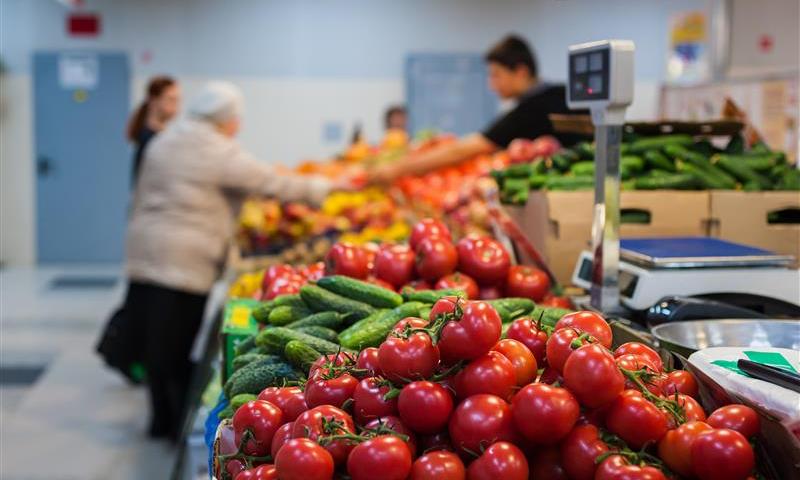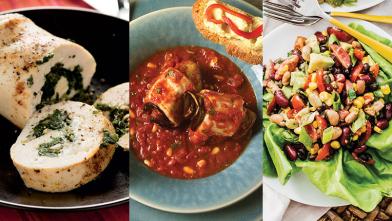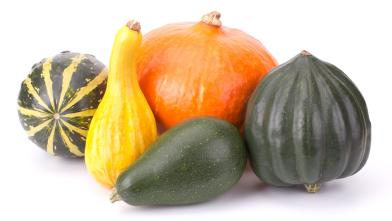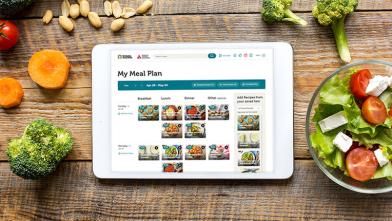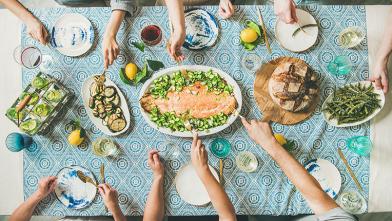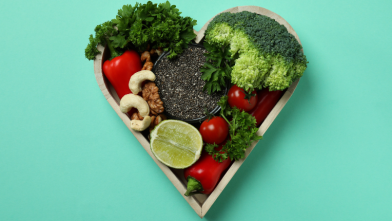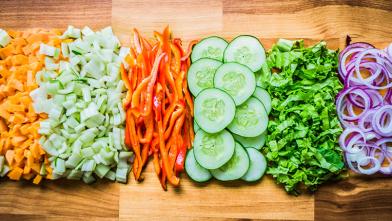Eating balanced meals with plenty of vegetables is one of the best things you can do to help manage diabetes. However, this can be hard to do when a healthy choice is more expensive than the not-so-healthy one. The good news? There are options out there to help you with food costs.
Simple Budget-Friendly Ways to Eat More Vegetables
Vegetables are packed with nutrients and fiber that can help keep your blood glucose levels steady. The Diabetes Plate is a an easy visual tool that can help you create healthy meals to manage blood glucose (blood sugar) and vegetables have a star role on the plate. Half of your Diabetes Plate should be filled with non-starchy vegetables like leafy greens, peppers, cucumbers, and broccoli.
1. Eat raw vegetables.
Many vegetables can be eaten raw (just be sure to wash them first!) and they're super easy to add to your meals. For example, cherry tomatoes, baby carrots, or cucumber slices make great snacks or additions to a salad. You don’t have to cook anything, just grab and go! And if you don’t have time to cut them up, just eat them whole like you would an apple.
2. Start with easy recipes.
If you’re not into cooking, try starting with simple recipes that only use one or two ingredients. Vegetables like broccoli or green beans can be steamed or roasted with a little bit of olive oil and seasoning. These easy-to-make dishes can be a healthy addition to any meal without taking up much time.
3. Use frozen vegetables.
Frozen vegetables are a great option because they’re just as nutritious as fresh and often cheaper. Many frozen veggies come in microwave-safe bags, so all you need to do is pop them in the microwave for a quick and easy side dish. You can find frozen veggies like spinach, green beans, or cauliflower at most grocery stores.
Get Started
Eating healthy doesn’t have to be complicated or expensive. With the right tips and resources, you can stick to your budget and stay on track with your blood glucose targets by taking the great first step of filling half your plate with non-starchy vegetables!
If you’re looking for more budget- and diabetes-friendly recipes, check out more on Diabetes Food Hub. There are plenty of delicious and easy recipes to help you reach your goals.
Local Resources for Healthy Food Access
Food banks and food pantries throughout the country offer free food to people and families in need—and they are offering more fresh produce than ever before!
In addition, there are programs like SNAP (Supplemental Nutrition Assistance Program) and WIC (Women, Infants, and Children) that can help you buy healthy foods. Some states even offer extra funding for buying fruits and vegetables with SNAP!
Find your local food bank to take advantage of this valuable no-cost resource and the knowledgeable staff can answer questions about other ways to access healthy food and enrolling in SNAP or WIC.
Guest blogger Amy Headings, PhD, RD, LD is Director, Research and Nutrition at mid-Ohio food collective. Amy is a member of our ADA Nutrition and Wellness Advisory Group.
